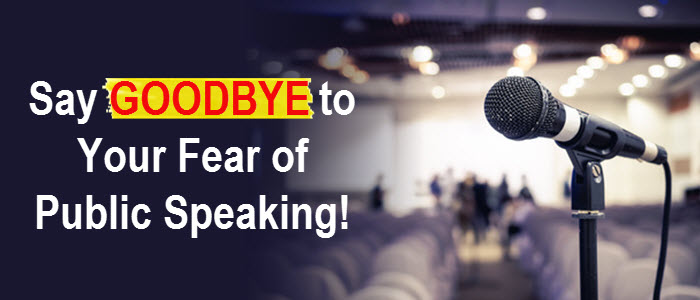Articulation and Clarity
Public speaking is an art that thrives on articulation and clarity. It’s essential for high school students to articulate their thoughts clearly for their message to be understood optimally. Clarity is crucial, whether they’re presenting an argument in a debate club or delivering a speech in a school assembly.
Students can enhance their articulation skills by continuously enriching their vocabulary and practicing sentence construction. They should work on speaking at a moderate pace, ensuring that every word and sentence is clearly understood. The use of simple, concise, and direct language is advocated over complex or ambiguous phrases.
The infusion of clarity into their speech requires that students have a deep understanding of their topic. A thoroughly researched speech will allow them to explain their arguments in a straightforward and understandable manner. Practicing the delivery of their speech will also help them identify areas of potential confusion and work towards simplifying them.
Nonverbal Communication
Nonverbal communication, including body language, facial expressions, and gestures, plays an instrumental role in public speaking. It often enhances and complements the spoken words, making the message more impactful.
High school students should be mindful of their body language, maintaining an open posture, and using natural movements. Eye contact with the audience adds a level of personal interaction and helps keep them engaged. Facial expressions should align with the tone of the speech— a passionate argument may require a stern face, while a humorous anecdote can be accompanied by a more relaxed expression.
Voice modulation and proper use of hands also come under nonverbal communication. Variations in tone, pitch, and volume can add dynamism to the speech, while hand gestures can help visualize and emphasize key points.
Active Engagement with Audience
One of the ways for high school students to improve their public speaking abilities involves actively engaging with their audience. A speech isn’t a one-way communication but an interactive session where the speaker and the audience are equally involved.
Students can make their speeches interactive by asking rhetorical questions, encouraging audience participation, or including interactive activities. They should be receptive to their audience’s reactions, adapting their speech delivery based on the feedback received throughout.
Remember, public speaking isn’t about the speaker alone; it’s about the message that the speaker is trying to convey. High school students who focus on engaging their audience effectively ensure that their message gets across, which is ultimately the goal of any public speaking endeavor.
Effective Use of Visual Aids
Finally, the effective use of visual aids can significantly enhance a speech’s impact. They can help simplify complex arguments, make the content more understandable, and keep the audience engaged.
High school students should strive to incorporate relevant visual aids in their presentations. These can include slides, charts, graphs, images, or even props. However, it’s important that these aids don’t distract from the speech— they should be used sparingly and complement the spoken content.
Visual aids can be particularly useful in academic settings where students often need to present data or research findings. By effectively using visual aids, students can make their presentations more persuasive, exciting, and memorable.
Public speaking is a valuable skill that can boost a high school student’s confidence and prepare them for future success. By focusing on articulation and clarity, nonverbal communication, active engagement with the audience, and effective use of visual aids, students can significantly improve their public speaking abilities.

